We don’t just love personalisation. We demand it.
GETTING PERSONAL.
Personalised marketing isn’t new. It’s been around as a theory since the turn of the millennium, but the practicalities of delivering it have been much slower to develop.
Today, we find ourselves with the data mining techniques, printing technology and design nous to create a myriad of targeted, engaging and in some instances slightly creepy marketing materials. So how do you get started?
According the McKinsey Personalisation matters more than ever, with COVID-19 and the surge in digital behaviours raising the bar. With a sizable percentage of consumers switched to a new store, product, or buying method during the pandemic, with over seventy percent of consumers expect companies to deliver personalized interactions. This suggests, personalisation is driving performance and better customer outcomes, with fast growing companies generating 40 percent more of their revenue from personalization than their slower-growing counterparts.
What’s in a name?
The most recognisable campaign that put personalisation to the map has to be ‘Share a Coke’ from Coca Cola, which saw frenzied buyers nose diving into palettes of coke hoping to find one with their name on it. Of course, this goes a whole lot further than sending personalised mail, encouraging customers to find their own name in the sea of Johns, Jacks and Joes, and even encouraging them to fork out hard earned money to have their less conventional name emblazoned on a bottle of tooth-rotting carbonated pop.
Whilst it may not have ticked all the boxes for your stereotypical personalised marketing campaign, it did highlight just how much we like things to be personalised; to feel like part of an exciting and bigger picture. After all, Nutella, Marmite and a whole host of other brands quickly followed suit and offered a similar personalised labelling experience to their customers too.
So, aside from the popularity of targeting marketing and Coca Cola showing the world how to do personalisation on a mass scale, what do more modest marketers need to know about personalising their marketing efforts?
Simple can be very effective.
There is nothing more impactful than seeing your own name and information on direct mail, in fact customers demand it. The inclusion of customer’s name, on a letter, or on each tear out voucher, are great starting points for a company just starting out with personalised print marketing. Why is simple good? Because simple isn’t creepy – remember the golden rule about not wanting a stalker?
By special invitation.
Sending a personalised invitation to “invite only” preview sales events has been used to great effect in industries such as furniture retail and automotive to dive footfall for years, it is also an excellent way to reconnect with lapsed customers sitting on your data lists. Combing this with a digital channel response, such as registering your attendance on your site, and this can also be seamless jump-in point to your digital environment, which will enable you to revitalise your customer data, and measure response metrics more acutely. More about the role of printed direct mail in driving digital engagement is in an article I wrote for the independent online.
Data is the key.
Print technology is now well established and can create amazing ways to get personal. BUT, if you don’t have your data assets, lean, clean, and compliant the process is pointless, or even worse, damaging. For example: sending an invitation to a deceased householder, and a family member received it will likely cause nothing but upset and anger. It is also important to know that GDPR regulations demands your date is clean, accurate and have the appropriate consents. If you don’t know much about this, you should check out our [recent post] on the topic.
In a nutshell, the best way of ensuring your targeted mailers is, well, targeted, is investment in your data hygiene. Sure, this will create an often-overlooked cost, but when you consider the costs involved in producing and distributing direct mail, reductions in wastage through streamlining unusable, inaccurate, or outdated data is a no-brainer investment.
Bottom-line - Getting your data right is the most important step toward personalised messaging.
Enough about us,
Let’s talk about you.
All Rights Reserved | Media Monkey (UK) LTD | Company Number: 04392449

















